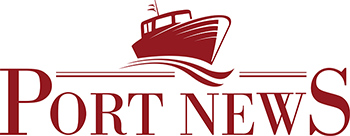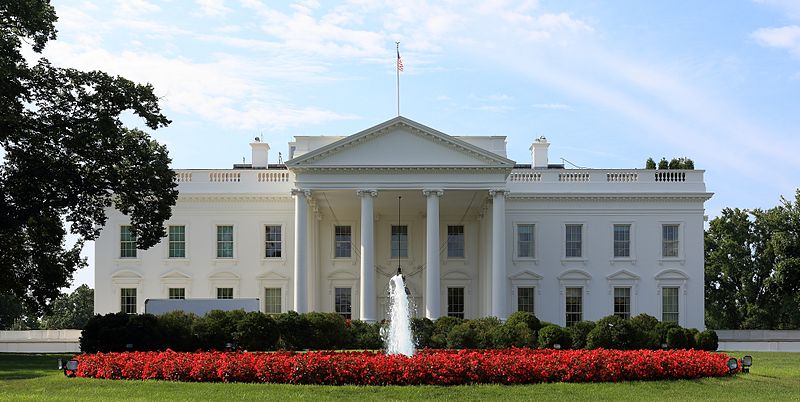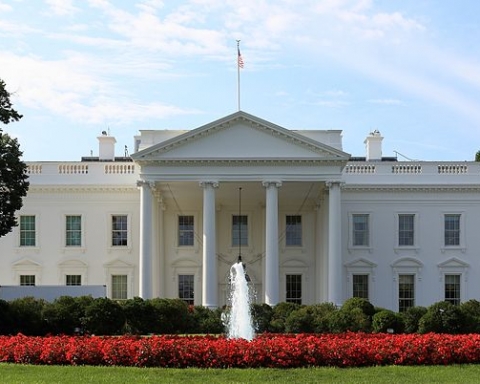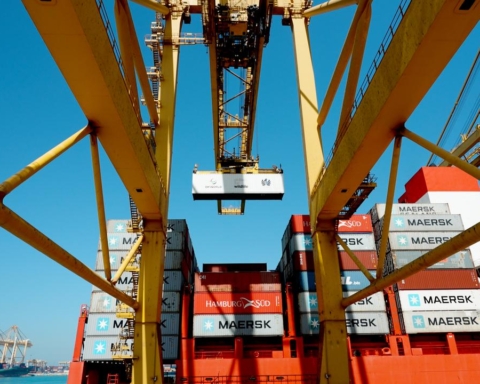Last Friday, The United States Trade Representative (USTR) announced a plan to impose port taxes on Chinese shipping companies, Chinese-built ships, and any operator that has even a single Chinese-built ship in its fleet or a single newbuilding on order from a Chinese shipyard.
The Ships Proposed Action Bill, presented by the USTR, states that “for nearly three decades, China has targeted the maritime, logistics, and shipbuilding sectors for dominance.”
According to the trade representative “China has largely achieved its dominance goals, severely disadvantaging U.S. companies, workers, and the U.S. economy generally through lessened competition and commercial opportunities and through the creation of economic security risks from dependencies and vulnerabilities.”
The USTR points out how China’s share of the shipbuilding market has risen from 5% of the global tonnage in 1999 to over 50% of the total in 2023. To date, over 19% of the boxships in circulation are Chinese-owned. Not only that, but Beijing has a virtual monopoly in container production (its market share is 95%) and almost absolute control of the intermodal chassis manufacturing sector (with a market share exceeding 85%).
On the basis of information obtained during the investigation, the United States Trade Representative determined, in short, that “China’s targeting of the maritime, logistics, and shipbuilding sectors for dominance is unreasonable and burdens or restricts U.S. commerce and thus is actionable under Sections 301(b) and 304(a) of the Trade Act .”
The proposal will be refined and integrated or appropriately corrected over the next few weeks. What has been published is in fact not the final text but a draft. The USTR will accept public comments on its action plan until 24th March, when it will hold a public hearing. The decision whether or not to proceed will in any case be up to US President Donald Trump.
A detailed analysis of the proposal shows that the first category of taxes significantly affects Chinese shipping companies, especially COSCO, which is currently the fourth largest carrier in the world (after MSC, Maersk, CMA CGM and Hapag Lloyd). Considering that over half of the Chinese liner’s ships call at US ports, it could cost the carrier dear.
The Ships Proposed Action calls for an extra fee of up to $1 million for each call Chinese liners make at US ports. Alternatively, they should be charged up to $1,000 per net ton of their vessel’s capacity when calling at US ports.
As mentioned above, the action plan also targets shipowners that have vessels built at Chinese shipyards. The second category of taxes therefore affects almost all major liners.
One of the proposals is to tax ships made in China up to $1.5 million each time they enter a US port.
Alternatively, the trade office plans to charge operators a tariff directly proportional to the number of ‘Chinese’ ships in their fleet. Operators with 50% or more vessels built in China in their fleet would pay up to $1 million per call at a US port (for any of their ships, not just Chinese-built ones); those with more than 25% and less than 50% Chinese-built ships in their fleet would pay up to $750,000 per call, and those with less than 25% of the vessels in their fleet made in China would pay up to $500,000 per call.
The draft also contains an alternative or complementary proposal targeting orders placed by shipping companies with Chinese shipyards.In this case, operators with 50% or more of their vessel orders in Chinese shipyards or vessels expected to be delivered by Chinese shipyards over the next 24 months will be charged up to $1,000,000 per vessel entrance to a U.S. port.
According to Lloyd’s List, the USTR’s action plan is likely to significantly increase costs for a large number of ships calling at US ports, costs that would then be passed on to US importers and exporters through so-called surcharges (in the case of containerized goods).
The sector most likely to be affected by the new measures is the container shipping one.
Lloyd’s List calculates an extra cost of $334 per FEU for each call made by a 6000 TEU containership operated by a carrier with over 50% of its fleet made in China and thus having to pay an extra fee of $1 million each time it enters a US port.
Considering that, in the US East Coast market, services from Asia generally call at two-to-four US ports, the consequences for carriers, and thus, for US importers and exporters could be catastrophic.
According to Lloyd’s List, a $300/FEU surcharge on imports and exports due to the USTR action would result in an 8% increase in spot freight rates charged on shipments between Shanghai and Los Angeles, and a 43% increase in spot freight rates charged on shipments from Los Angeles to Shanghai.
Splash247 also pulls some numbers out of its hat. Quoting the analyst firm Jefferies, the specialized shipping website assumes that shipping companies will pay $150 per TEU (or $300 per FEU) for each call at a US port made by a vessel with an average capacity of 10,000 TEUs and charged a port tax of $1.5 million.
Translation by Giles Foster




